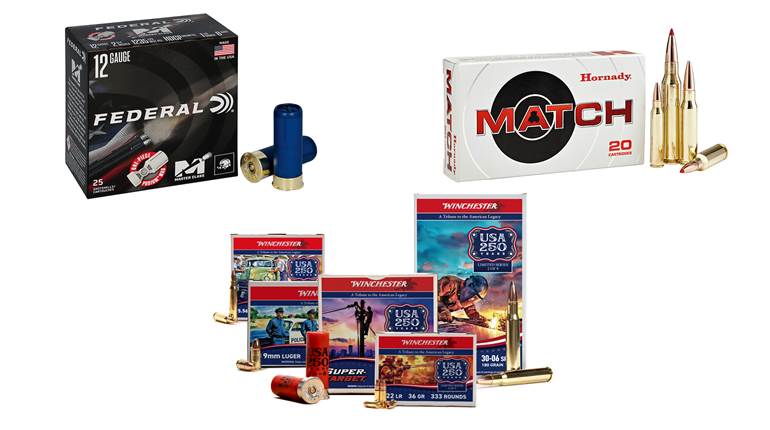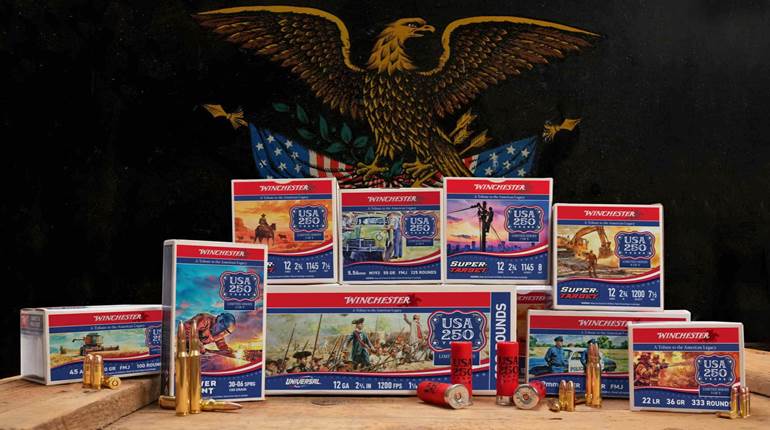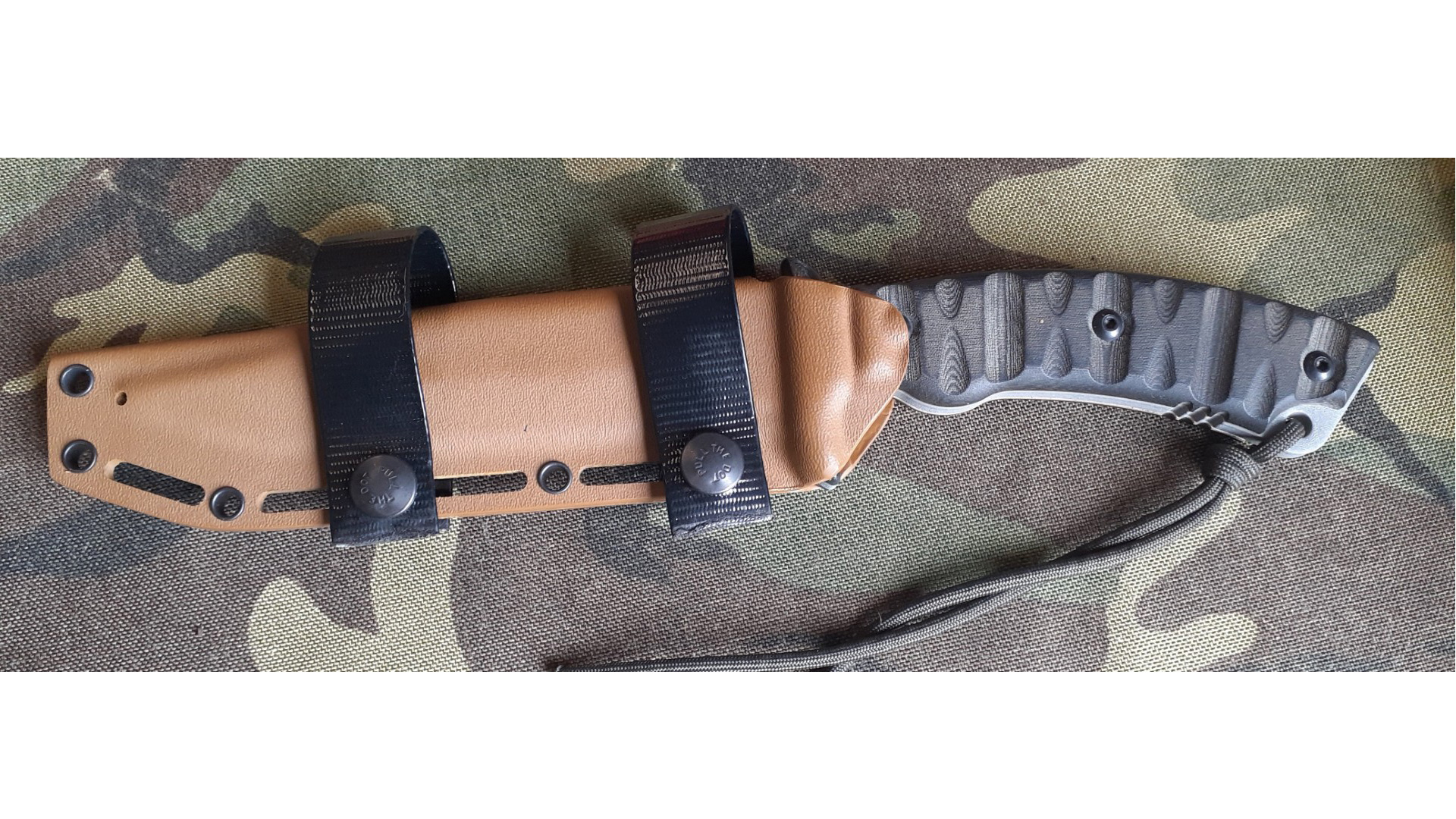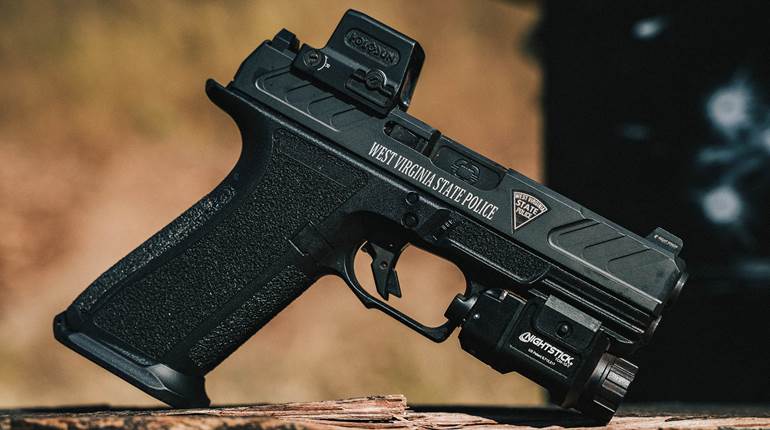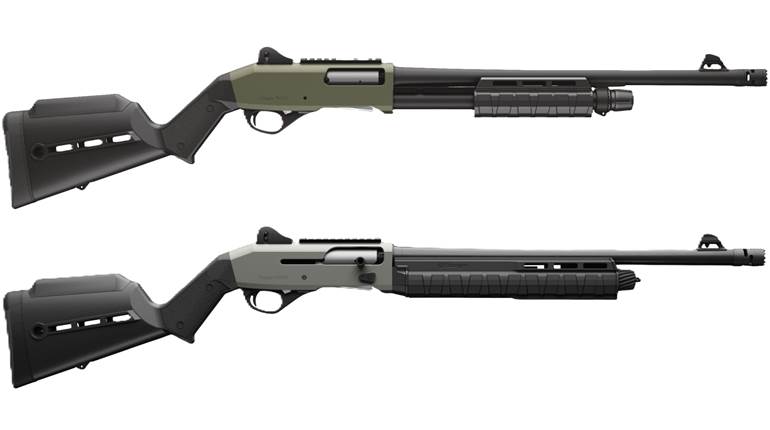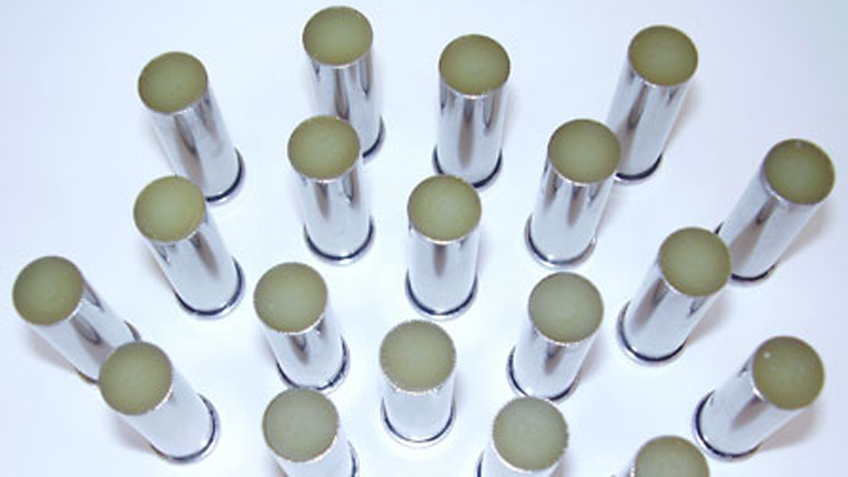
Reloading is an excellent way to keep ammunition costs down. Unfortunately, in addition to cost, both time and weather can also interfere with trigger time, especially in the upper regions with extreme winters and large amounts of snow and ice.
After getting into reloading, I remembered how my father taught my brother and me how to shoot using reloaded wax bullets in our basement back in Pennsylvania and thought it would be a great way to get some shooting done during the long Wyoming winters. However, I never learned his wax-bullet recipe and had no idea how or where he came up with the process.
Numerous Internet searches revealed discussions about shooting wax bullets through revolvers using a primer-loaded case, but everything I found involved just paraffin, which tends to make bore cleaning quite a chore.
One day, while talking with my neighbor about reloading, he told me that his father-in-law had reloaded his own ammunition, and that since his death his equipment had been stored in their barn. He asked if I would like it, and in one of those boxes laid the 42nd edition of Lyman Reloader’s Handbook (copyright 1960). Flipping through that book revealed an article by Charles M. Heard, titled “Wax Bullets” where he described a wax bullet formula along with the proper way to prepare the case for loading.
The wax formula is softer and more flexible than straight paraffin and even includes grease for barrel lubrication. I now use the method he described for both preparing the shell case and the wax mixture.
Wax Bullet Recipe
1 lb. paraffin (available at your local grocery store)
1/4 lb. beeswax (available at your local craft store)
1/8 lb. water pump grease (Lubriplate No. 115 grease works well)
1 flat pan (a cake pan works well)
1 old pot or double-boiler to melt the wax and mix in the grease
Prepare a flat pan for the wax mixture; the bottom needs to be completely flat for a consistent thickness (an inexpensive round cake pan works well). Mark a 1/2-inch line with a marker from the bottom for .38s, and a 5/8-inch line for .44s and .45s.
Heat the paraffin and beeswax in a double boiler or teakettle over a medium burner. Be careful as the wax is flammable if overheated or exposed to an open flame and make sure the kettle has a large enough lid for stirring. Once the paraffin and beeswax has melted, add the grease. The grease will stay clumped until the wax and grease are hot. Stir frequently until the grease has dissolved into the wax mixture. Remove from heat and pour into the pan on a level, even surface. Do not move the pan until the wax is fully cooled or ridges will form on the top creating an uneven surface. When cool, flex the sides and bottom of the pan until the wax is loose and can be removed from the pan. The wax sheet will be soft and flexible when compared to pure paraffin or beeswax.
Preparing the cartridge case
Prepare the case by drilling out the flash hole with a 3/32-inch drill bit for .38 caliber cases and 1/8-inch bit for .44 or .45 caliber cases to prevent the primer from being pushed back against the breech face when fired, which may cause the cylinder to jam. Resize the case one last time, and permanently mark for “wax shooting only,” as the over-sized flash hole will create excessive pressure in a normal load.
Loading the Cartridge
Set the wax sheet on a hard surface. A clean sheet of plywood works well. Push the unprimed case into the wax like a cookie cutter. Then, seat the primer in the shell case using no powder. Seating the primer after the wax reduces the likelihood of entrapped air pushing out the wax slug.
Shooting Wax
Wax bullets will stop against any hard backstop, such as a piece of plywood or multiple layers of cardboard, but an even better backstop is an old bed sheet hung behind a paper target. Against a bed sheet, the wax slug dissipates its energy and falls to the ground making slug collection relatively easy. As long as the wax is free of dirt, the slugs can be re-melted and used repeatedly, but be careful as dirt can damage the gun’s bore.
Beginning Shooters
An additional benefit of wax bullets is their use with beginners who are nervous about the noise and recoil involved in shooting. As an NRA certified instructor, I’ve found that the lack of recoil and noise reduces anxiety and gives beginners the confidence in their ability to make shooting enjoyable. However, all firearm safety precautions (hearing protection, eye protection and adequate ventilation) are required.
Whether for practicing fast draw, point and shoot or instructing the first-time shooter, wax bullets are a safe, cheap alternative to full-powered ammunition.
The table below contains data for wax bullets shot from a .38 Special case using CCI Small Pistol Primer (CCI500) through a 4-inch revolver. All shots hit within a 1.5-inch radius on the target.
|
Bullet Weight (grains) |
Muzzle Velocity (fps) |
ft. lbs. of Energy @ Muzzle |
Velocity @ 15 ft. (fps) |
ft. lbs. of Energy @ 15 ft. |
|
|
Average |
7.0 |
472 |
3.55 |
333 |
1.68 |
|
Minimum |
6.6 |
413 |
2.84 |
292 |
1.25 |
|
Maximum |
7.6 |
516 |
4.26 |
355 |
1.88 |
|
Standard Deviation |
0.3 |
46.5 |
0.6 |
22.2 |
0.2 |
Warning: All technical data in this Web site, especially for handloading, reflect the limited experience of individuals using specific tools, products, equipment and components under specific conditions and circumstances not necessarily reported in the article and over which the National Rifle Association (NRA) has no control. The data have not otherwise been tested or verified by the NRA. The NRA, its agents, officers and employees accept no responsibility for the results obtained by persons using such data and disclaim all liability for any consequential injuries or damages.












